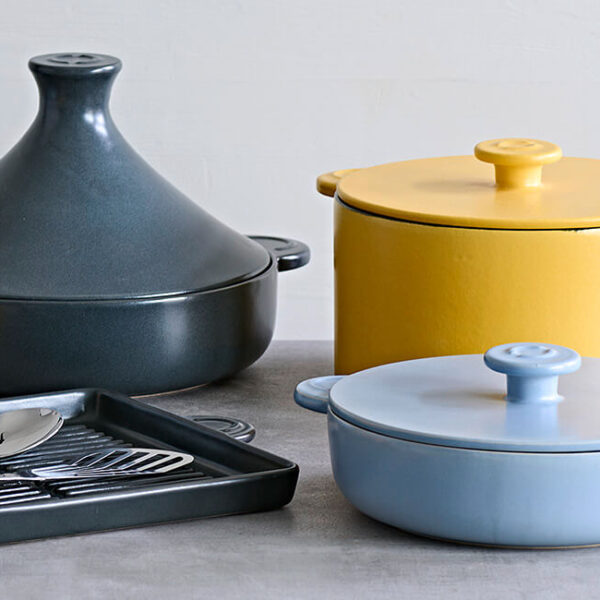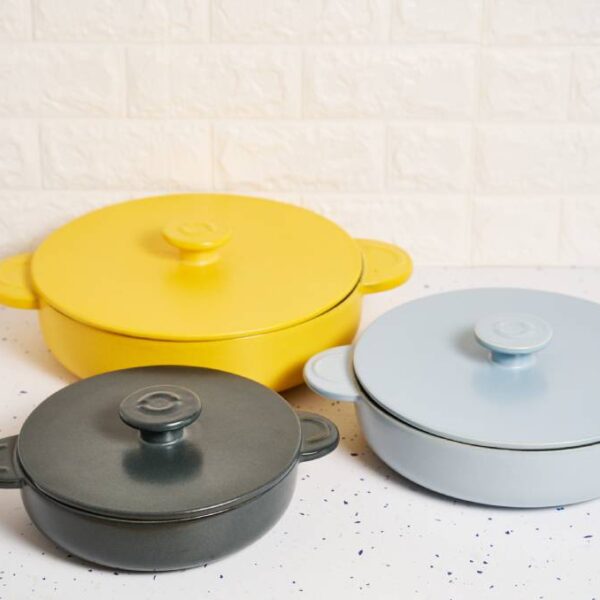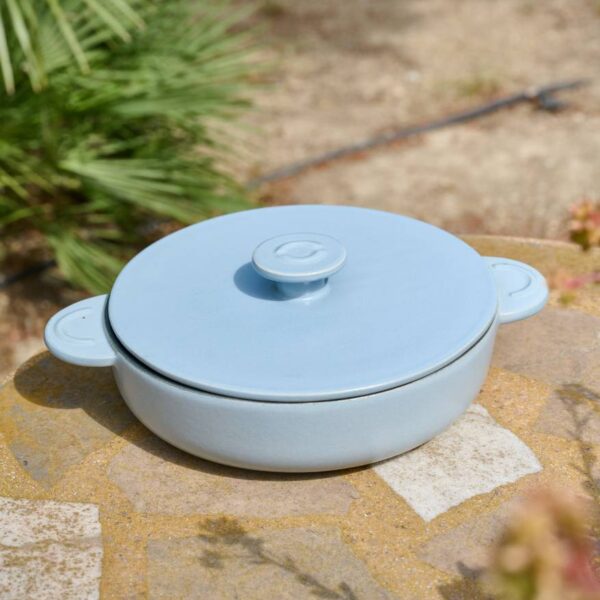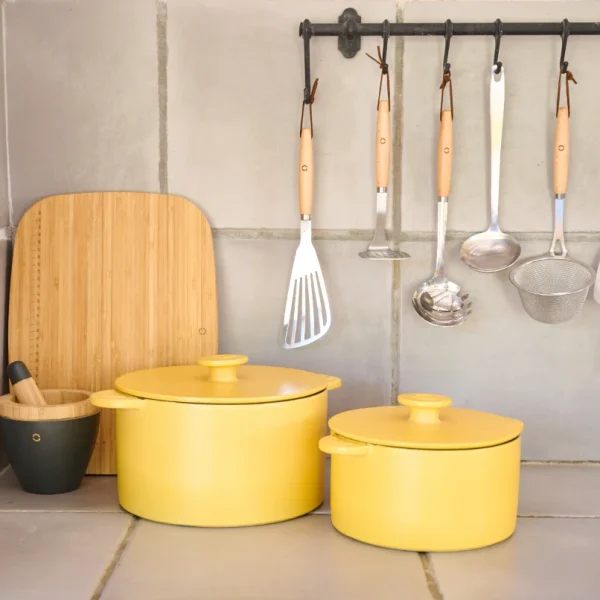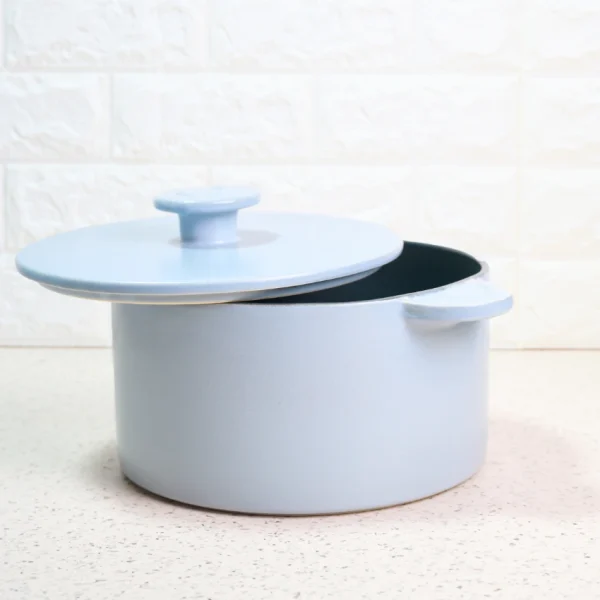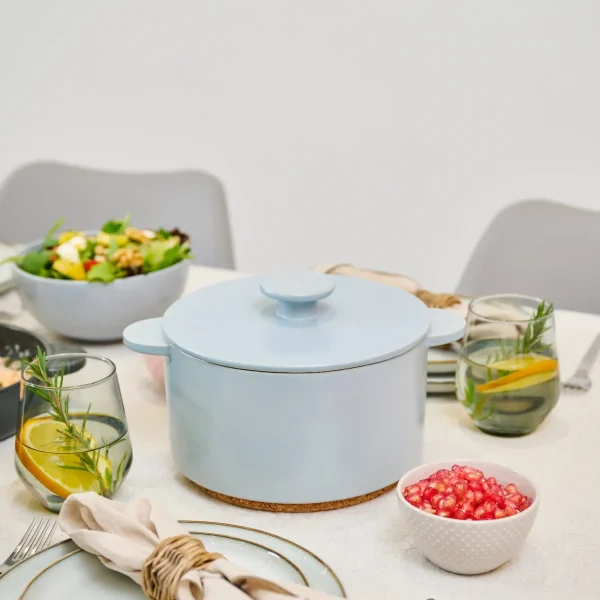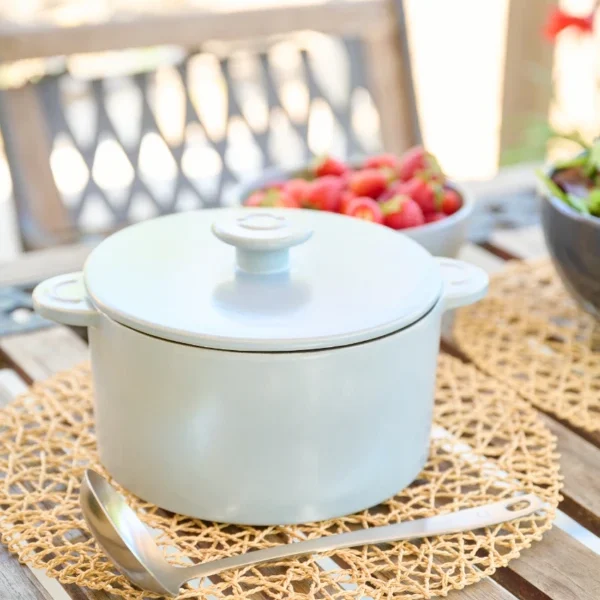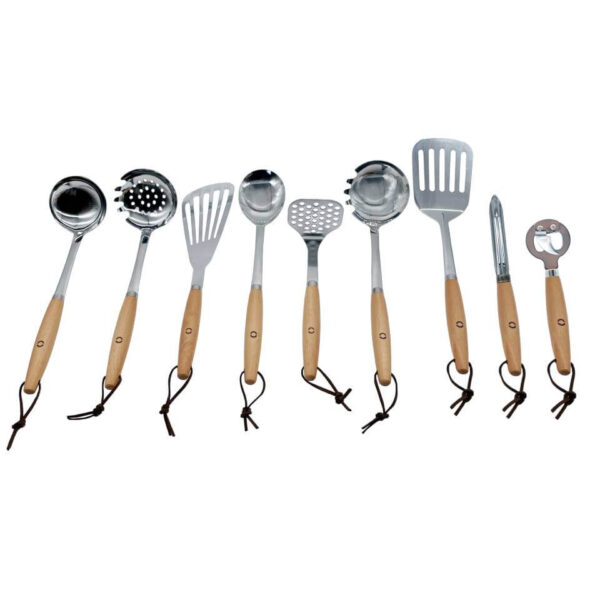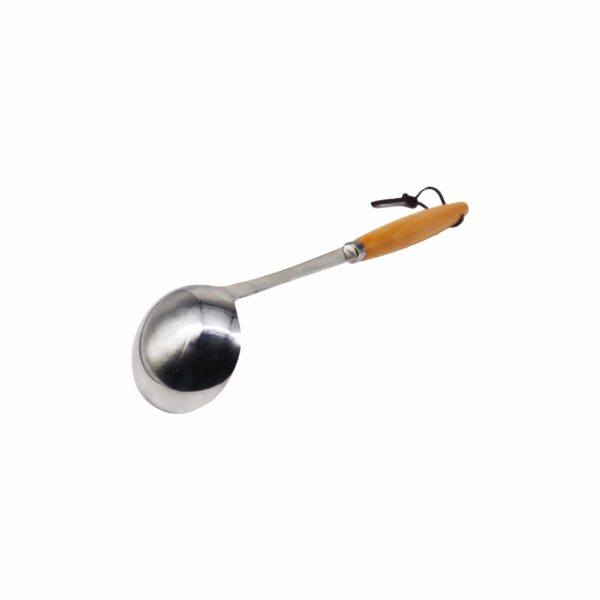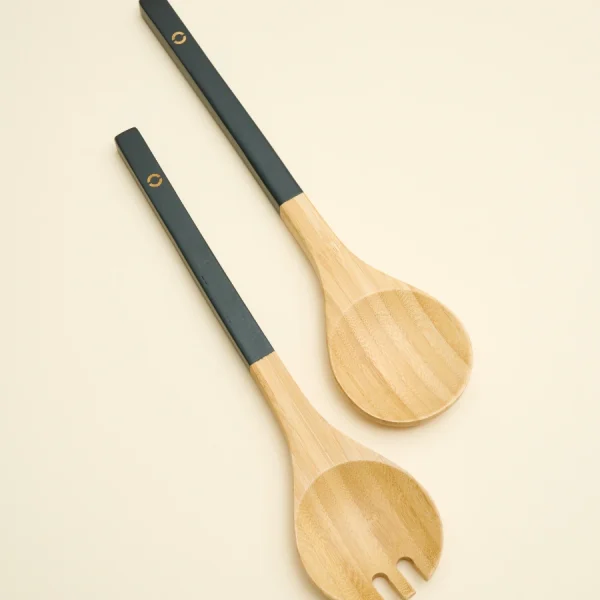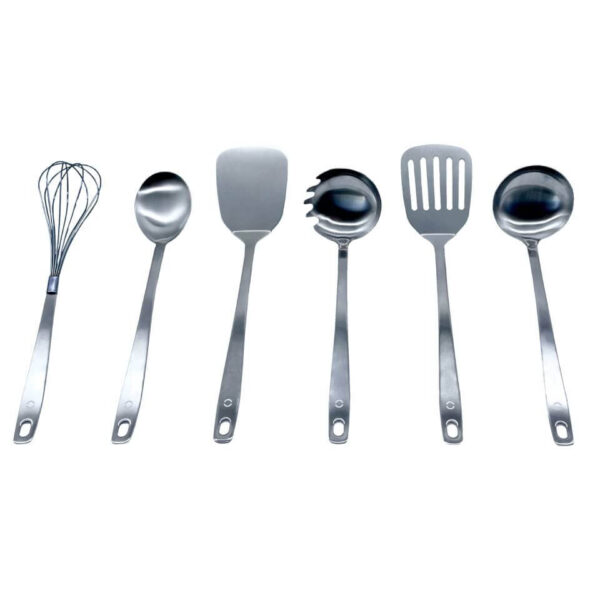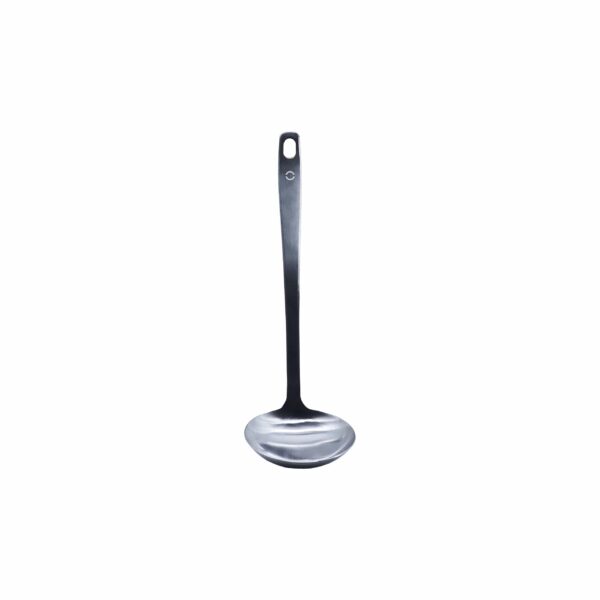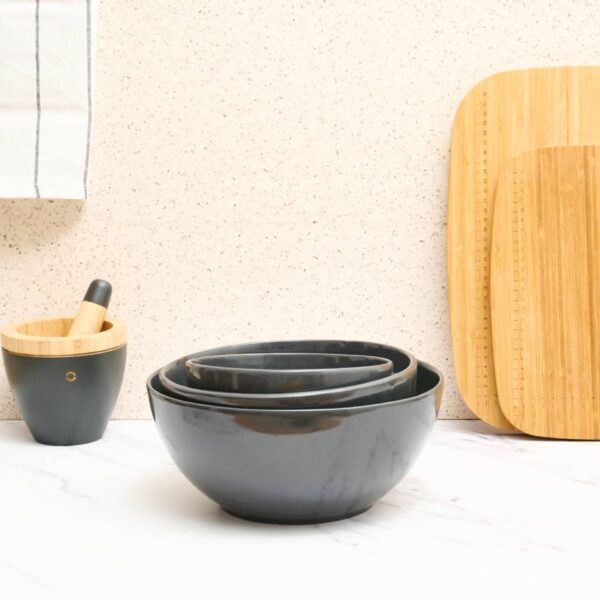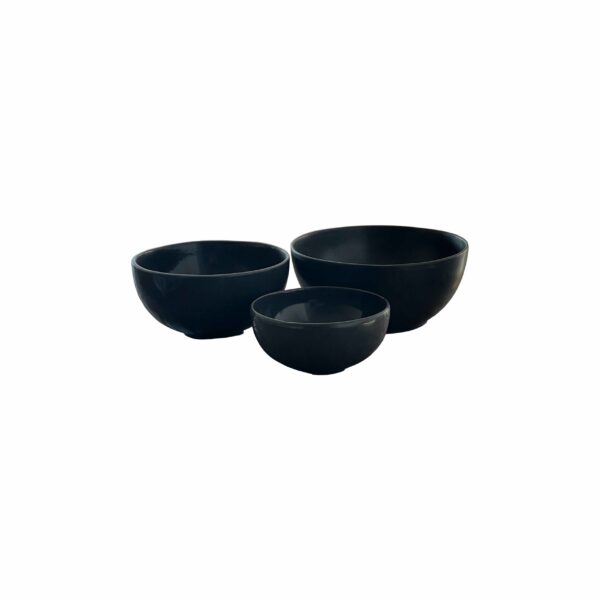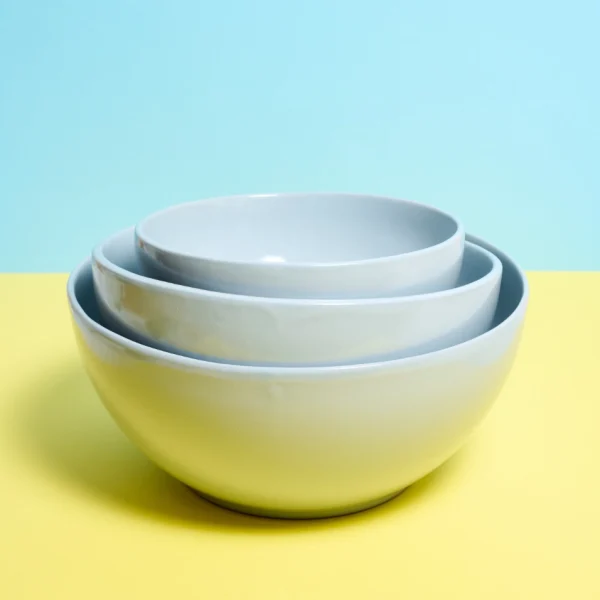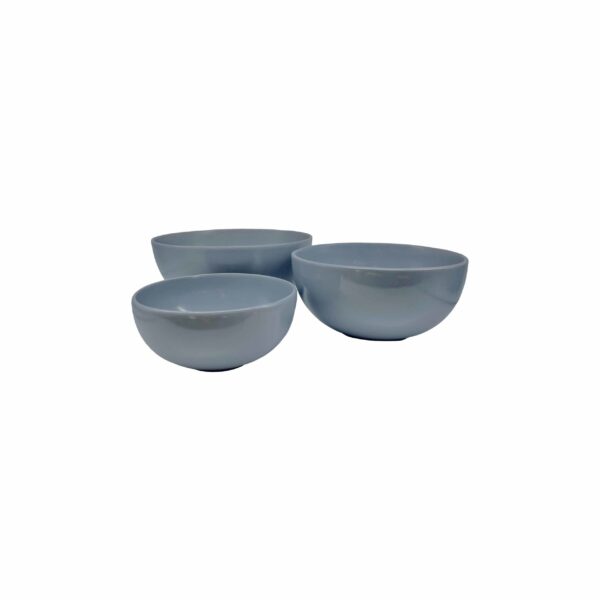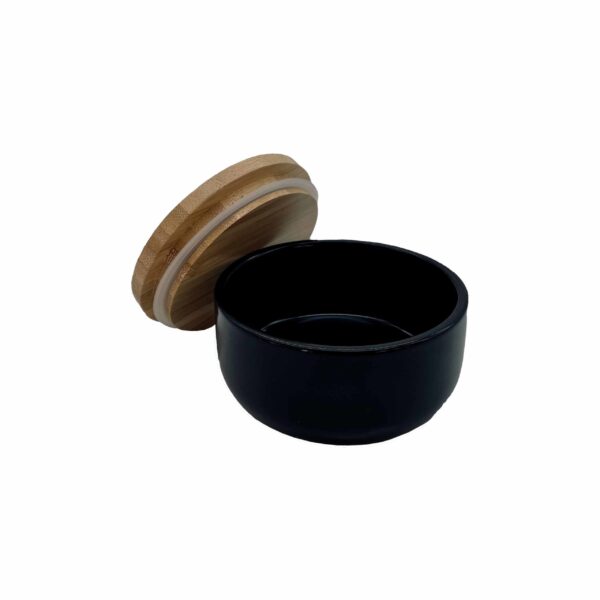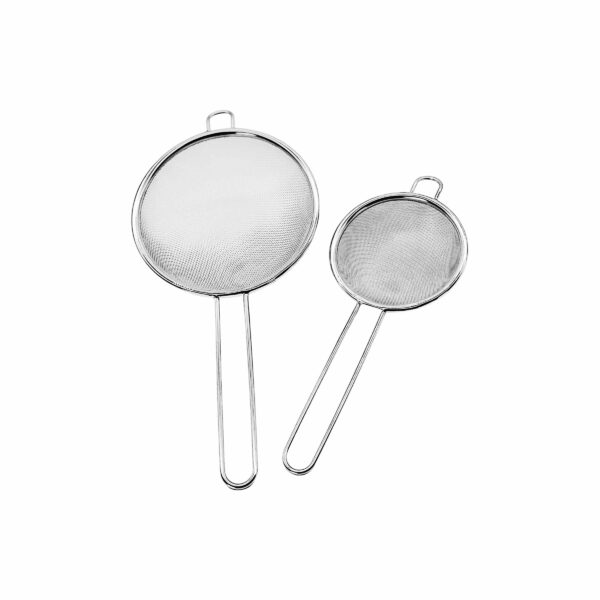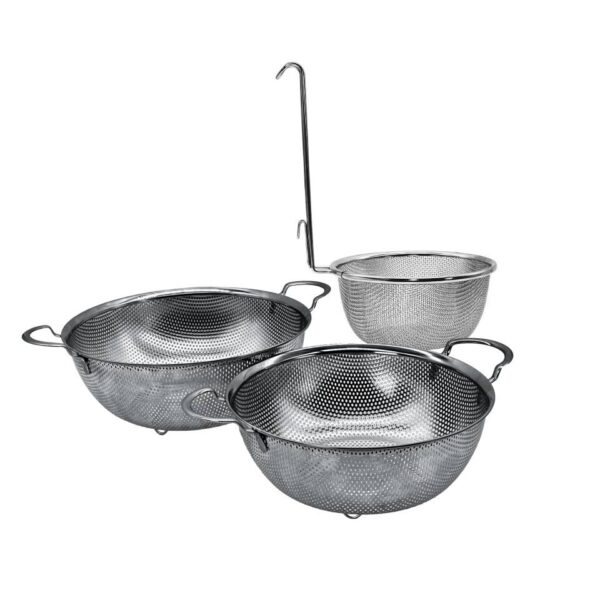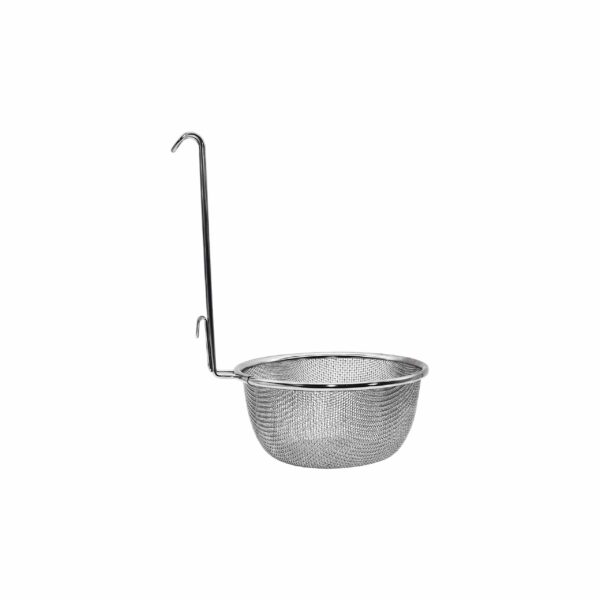Blog
7 kitchen tips that if you still don’t know them, you will be thankful for
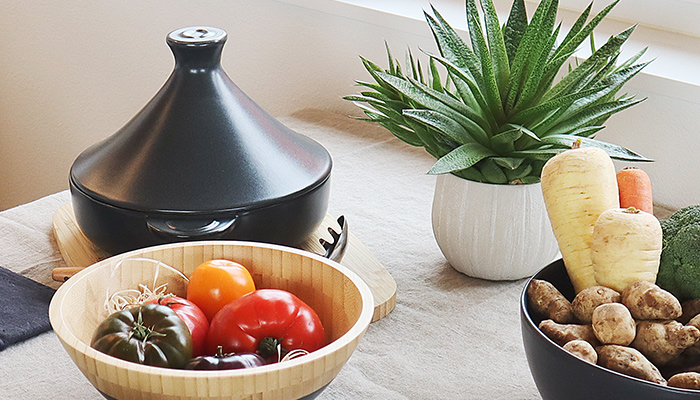
When we go all hands-on-deck in the kitchen, maybe because we are preparing the ingredients, or cleaning all the mess we left behind, we usually switch on to automatic mode and, usually, we replicate and mimic everything we have seen from our parents, grandparents, or on TV
This is why, there are so many little tricks that we simply don’t know because no-one has ever tought them to us. Find below in the article 7 tips that we would have loved to know way earlier in our adult lives! Some are going to save you time, or will make your life in the kitchen way easier, and others will just improve the flavour of all you recipes.
Try them out and let us know how it went!
1. SOAK YOUR GRAINS AND BEANS IN WATER BEFORE YOU COOK THEM
Regardless of whether the bean, seed, or grain you are about to cook asks you for some soaking in water time, we recommend you to always soak it for at least 4 hours before boiling or cooking it.
- You will later save time and energy since it reduces the needed cooking time.
- It lowers the amount of some of the anti-nutrients such as polyphenols, tannins, and phytic acid. Hence it improves the absorption of important nutrients and minerals present in the food such as the protein, iron, zinc and calcium.
- It makes digestion easier and gets rid of those components that trigger all those very uncomfortable gases.
Believe us! Just try it out and you will see how your body is thanking you. But, once they have been in water for 4 hours or more, don’t forget to drain them and use new, clean water the boil them in!
2. HOW TO EXTEND THE LIFETIME OF YOUR SPICES
Spices are one of the secret ingredients in every kitchen, so they are completely useless if they’ve lost all aroma and flavor.
Our secret is to buy them always whole and store them in a dry and fresh space. This way, whenever we might need them, we can quickly grind just the amount we need and then, again, store them away. It is right after you grind them that spices have the strongest aroma and flavor.
We are also aware of the fact, that this might not be the easiest of most convenient option, therefore, if you just buy them the spices that come already ground, just add some rice grains into the jar where the spices are, this way you keep them away from humidity!
3. PEEL GINGER OR TURMERIC WITH A SPOON
To be honest, we never peel ginger or turmeric roots. The peel is so fine, and, in addition, recipes always use to ask for this ingredients ground or minced so if you keep the peel in there, you will gain in nutritional intake and won’t even notice it is there when you are eating it. Not in texture, not in flavor.
However, if you steel want to peel it, just use a teaspoon! You will see how easy it is, the risk of injuring yourself with a knife goes disappears and you will be able to use all the flesh of the entire root
Note that, we do recommend to always peel the ginger or turmeric roots when they are old and you see that the peel starts to wrinkle itself. Unfortunately in this situation, a spoon won’t make the trick and you will probably need a knife.
4. USE A KITCHEN CLOTH TO AVOID YOUR BOWL OF SLIDING AWAY
It has happened to all of us in the kitchen, that we have wished we had 1, 2 or even 3 extra hands with us! Don’t worry, while you mix all of your ingredients in a bowl, we will tell you how to save this extra hand that is holding the bowl still. Simply place below the bowl a kitchen cloth or any other piece of fabric, you’ll see how easy it gets then to add ingredients while you mix them at the same time. Mind you, always with care!
5. STOP FIGHTING WITH YOUR NUT BUTTERS WHEN TRYING TO EVEN THEM
How annoying it gets when we want to add a spoon of 100% almond butter into our porridge in the morning and the butter is all compact and with the oil laying on top separated from the rest.
This happens because the 1 ingredient nut butters don’t come with any sort of food stabilizers (like, for example, the famous palm oil), thus, and specially when it is hot, the oils separate from the butter. This is calles syneresis.
The solution is easy. Store your nutt butter jars upside down. This way the oil will have to mix with the solid part of the butter and, if with time, you find yourself yet another time, that the oil is all the way at the bottom and the butter on the top, just put it back to down side down.
6. ADD CARROT WHENEVER YOU NEED TO REDUCE ACIDITY FROM YOUR TOMATO SAUCES
If you want to keep yourself from adding sugar to your tomato sauces to correct the level of acidity, we have got you covered. Peel one or a couple of carrots (depending on how much sauce are you making) and let them boil with the tomato sauce.
Before serving, you can either fish the carrot out if you don’t want to taste it when you are eating or just leave it there. We love to add some grated carrot or in chunks into the sauce and just enjoy it as part of it!
7. HOW TO SAVE A SOUP OR STOCK THAT IS TOO SALTY
Who hasn’t one or (maybe a few) times put too much salt into a soup or stock? And who has eaten it, just to avoid throwing the food away?
Don’t worry, you don’t need to do that anymore, here is a little tip that will correct the saltiness of your food. Simply cut some slices of an apple or a potato and add it to your Dutch Oven, where you’re cooking it. Let it boil for at least 10 minutes, take it out of the soup, and ready to serve!



